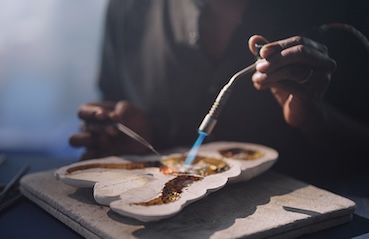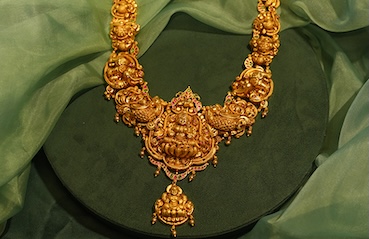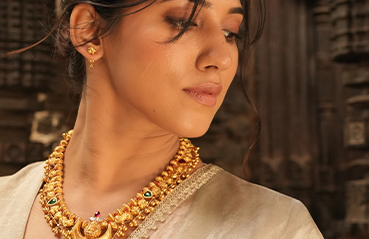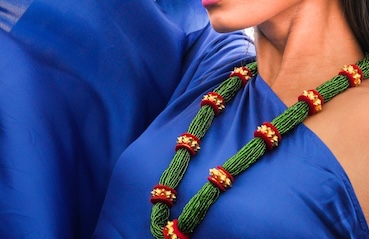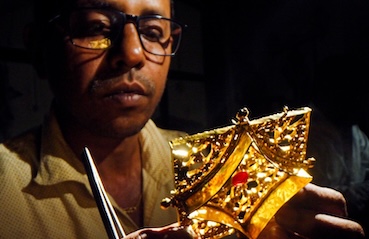Published: 12 Sep 2017
How gold from around the world landed up in Padmanabhaswamy temple
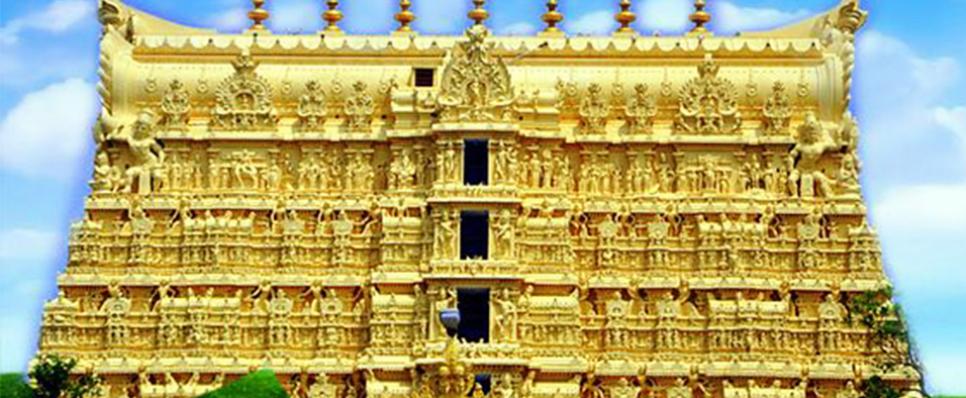
Looking back at India’s history of exquisite empires and rich cultures, it is sometimes easy to forget that India was also once a glorious maritime trading nation. With a coastline of over 7,500 kilometres, India had a robust trading system, full of ocean-going merchants who took great risks.
While Europeans and other societies in the West hankered after India’s rich spices, cotton textiles and intricate ornaments – it seems that Indians were less interested to exchange their commodities for Western wares. To balance the books, Western traders were forced to pay for the difference in gold and silver.
When the vaults of the Shree Padmanabhaswamy temple were opened in 2011 – gold and other ornaments worth over INR 100,000 crore was found, spanning over two millennia.
Among the treasures uncovered was a vast store of gold coins of the Roman Empire, from almost 2,000 years ago; Venetian gold ducats of the 14th and 15th centuries when Venice was a great maritime power; Portuguese currency from its days of glory in the 16th century; 17th century coins of the Dutch East India Company; Napoleon's gold coins from the early 19th century; and much more, according to a report by Gurcharan Das. Gary Keith Young’s book, Rome's Eastern Trade: International Commerce and Imperial Policy, 31 BC-AD 305, speaks of records in which Roman politicians and historians criticise the loss of gold to merchants in India, from whom they bought spices and silk to pamper their wives. Gold thus came to our shores through maritime trading, largely concentrated in the wealthy seaside cities of South India.
But how did so much of this gold end up in the temple?
The Vishnu temple was known through the Southern lands as the centre for religious, economic and social life. In fact, after King Marthanda Varma defeated the Dutch army at the Battle of Colachel in 1741, he dedicated his entire kingdom along with its treasures to the then-humble temple to honour Lord Vishnu.
For decades it was heavily supported by merchants, landlords and even kings, who pleasured in donating gold and other precious items in hoards. These donations through various eras not only symbolised punyam, or ‘religious merit,’ but also validated them in the peoples’ eyes. A long-standing tradition developed that has led to Shree Padmanabhaswamy becoming the richest religious centre on Earth.
